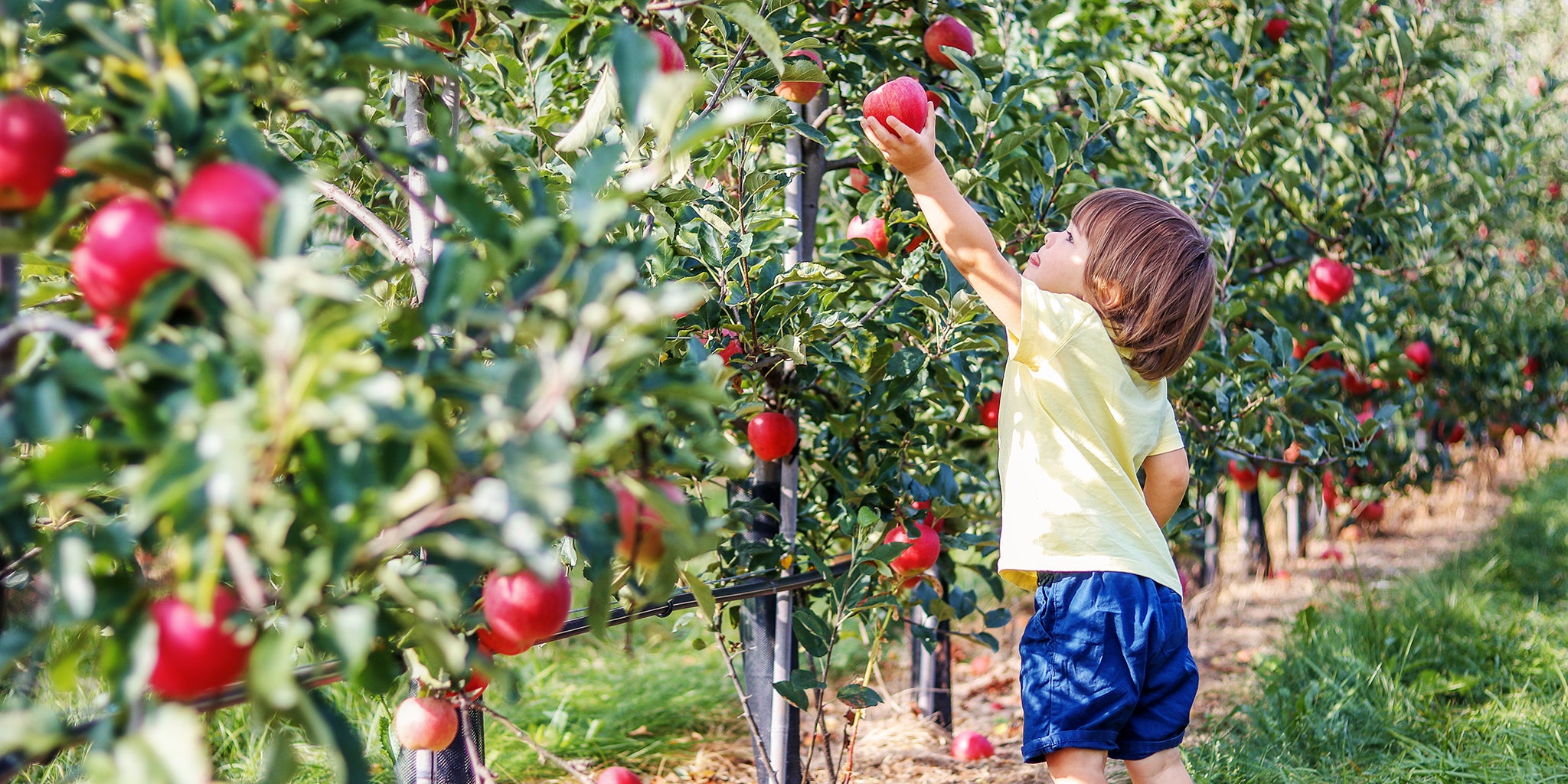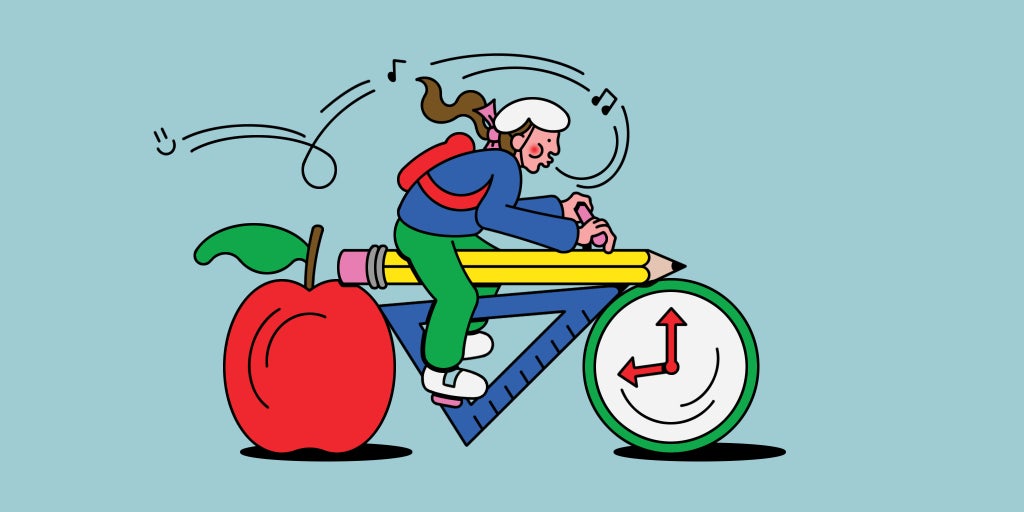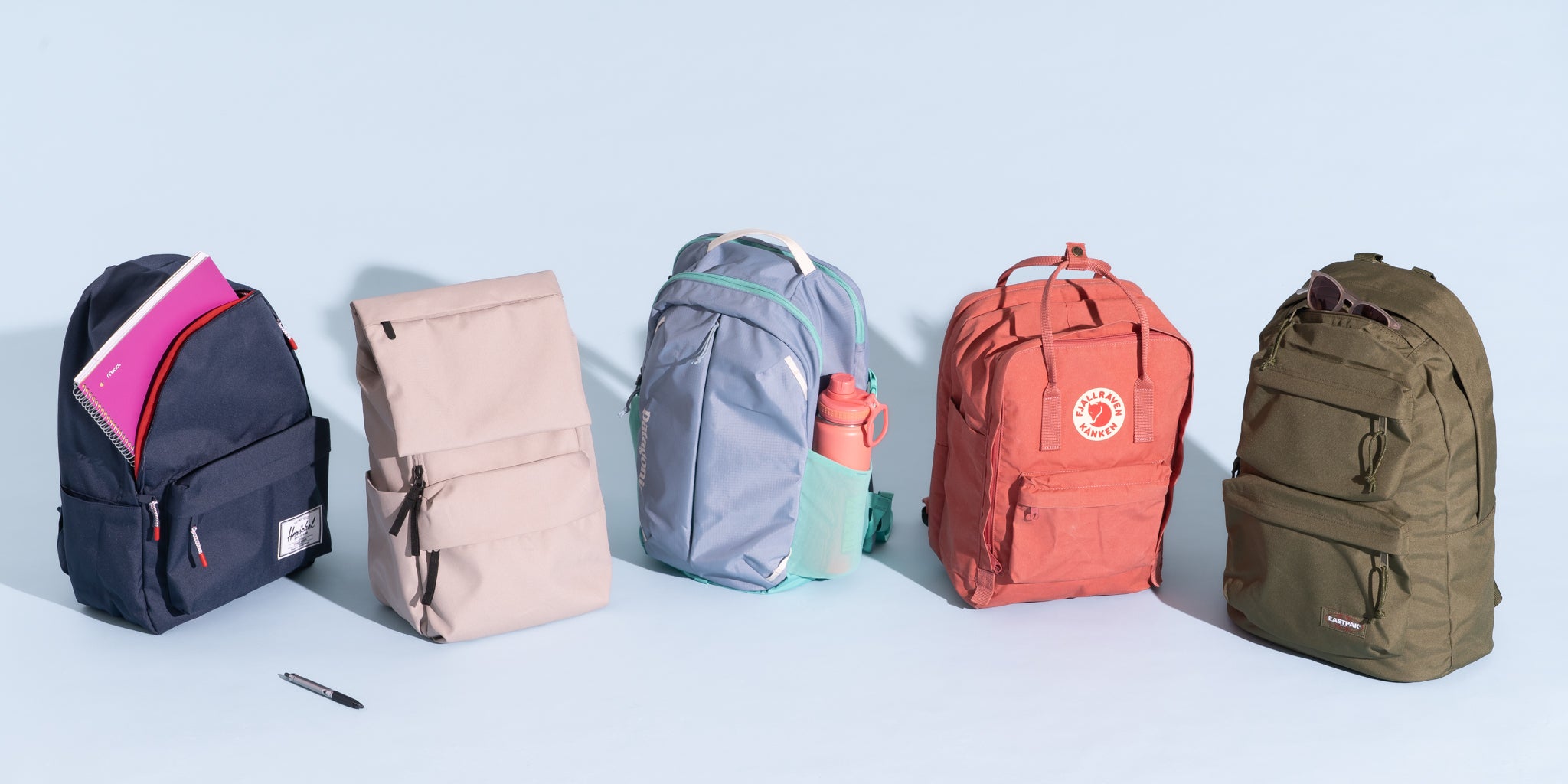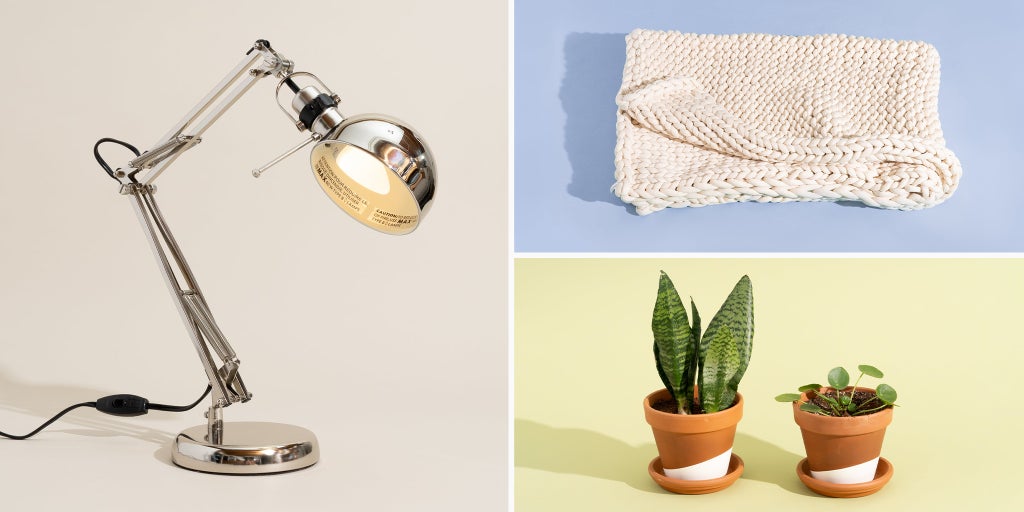Bike riding can be an empowering– and super-fun– method for children to get to school. The very first time my 6-year-old daughter dominated the hill in between our home and her school, I do not assume she stopped smiling all the time.
It’s likewise helpful for their bodies: Youngsters need to invest a minimum of 60 minutes daily took part in modest to vigorous exercise, according to the Centers for Condition Control and Prevention, and walking or biking to school can also boost focus in class.
An included bonus for moms and dads: You get to avoid the gridlocked automobile drop-off line. Right here’s just how to assist your kid adventure to institution smoothly and securely.
Locate safety– and enjoyable– in numbers
Riding in a team might make the experience of biking to college safer and a lot more enjoyable. Current years have actually seen a boom (PDF) in bike buses, in which teams of kids and parents intend a bike route with multiple quits and gradually and safely make their method to institution (or sometimes numerous institutions). Study has revealed that motorists are extra familiar with and receptive to larger teams of cyclists. Plus, kids may just be extra fired up to ride with a big group of good friends.
I saw that interest expand in my own city when my friend Meghan Farrell began a once-a-week group ride to aid her 8-year-old son reach school in our Portland, Maine, area. Her bike bus helped households from the exact same institution get to know each various other. “I have actually had parents inform me that their child asks if it’s bike bus day daily of the college week,” she told me. “They enjoy it that a lot.” If your area doesn’t already have a well-known bike-bus course, you could consider starting one.
Since more youthful youngsters tend to be much more spontaneous and much less familiar with website traffic, the American Academy of Pediatric medicine advises that youngsters be come with by a moms and dad on their walk or adventure to school up until around age 10. But norms vary, and different institutions have various regulations for when youngsters can come and go by themselves. Parents should utilize their ideal judgment to identify when their youngster prepares to ride alone, or in a kid-led group.
The basic agreement is that youngsters must ride on the sidewalk until they’re about ten years old, but some states and cities have different regulations. For example, New york city City bike regulation specifies that youngsters 12 and under need to ride on the walkway, while grownups must ride on the street. Be familiar with your very own town’s sidewalk legislation, and if it does not have one, utilize your finest judgment when making a plan for your youngster.
Take into consideration that the path you require to reach your child’s college by car may not be the best path for a bike adventure. Prioritize streets with less web traffic, vast sidewalks, bike lanes, and crossing guards. It’s an excellent idea to try the path one or two times before school begins, also if you’ll be accompanying your youngster on their daily experience. Mention stop indications, pits, crosswalks, or various other pens they ought to understand. If they’ll be riding alone, make sure they understand the path in and out prior to they try it by themselves.
Policy the road
The ideal knowledge and equipment can make the procedure of biking to institution more secure and much more comfortable, and it boosts the opportunities that it’s sustainable over the long term as well.
Begin with a bike that fits. An effectively sized bike aids your youngster feel great and safe while they’re riding. REI, the business that makes our runner-up for a first pedal bike, has a helpful sizing graph online that can aid you locate the ideal bike for your child, no matter what brand name of bike you acquire.
Use a safety helmet. We advise the Giro Tremor as the most effective safety helmet for the majority of school-age youngsters. But what’s crucial is that any kind of helmet you choose fits effectively (PDF). Using a headgear ought to be nonnegotiable– some states also have mandatory bicycle safety helmet laws for children.
Dress for convenience and visibility. Youngsters (and their going along with grownups) need to preferably put on brilliant colors and make use of bike lights and reflectors, which aid make cyclists extra visible to vehicle drivers. Make sure their right-pant leg is put into a sock or rolled up, so it won’t snag on the chain (or be stained by chain grease). You can assist a youngster maneuver a crammed knapsack by loading heavier things like publications as close to the back panel of the backpack as possible. Then tighten up the shoulder straps for a tight fit, and if there’s a breast strap, use that, as well. (Safe Routes Partnership discusses that some bike buses employ a moms and dad with a bike trailer (PDF), for carrying hefty backpacks, musical instruments, or such.).
Usage hand signals and a bell. Review bike hand signals (PDF), and teach them to your child. These are universal rules of the road that assist bicyclists interact with various other bicyclists, along with drivers. Instead of blinkers or brake lights, cyclists use their arms to indicate that they’re transforming, slowing down, or quiting. It’s additionally a good concept to educate your youngsters to sound their bell and state “handing down your left” when passing a pedestrian or an additional cyclist, and to call out hazards for the motorcyclists behind them. Pedestrians have the right of way on walkways; instilling some act of courtesy in your young cyclist will offer them well.
Look both means. Ensure your child recognizes that they require to stop at every junction, significant or unmarked, and meticulously look both means, just like they do when they’re strolling. Some experts recommend teaching little ones to walk their bikes throughout crosswalks, however various municipalities have various regulations concerning bikes and crosswalks. Children should likewise enter the habit of checking driveways and ensuring their path is clear.
Lock it up.
Whether you live in a village or a big city, you’ll probably intend to aid your child lock up their bike at school. Sadly, bike burglary is a typical issue in the United States, and while no lock can guarantee burglary avoidance, a good lock, utilized appropriately, a minimum of inhibits or deters most prospective bike burglars.
There are four fundamental kinds of bike locks: U-locks, chain locks, folding locks, and wire locks. Professionals generally concur that cord locks are the least effective because they’re easier to reduce, so we do not suggest acquiring one. And while folding locks, like the one that Wirecutter suggests in our guide to the best bike locks, have some advantages, they offer much less safety and security than a chain lock or a U-lock. The best lock for your youngster relies on their age and capability to bring heavy things, hang on to keys, and keep in mind codes.
We like chain locks with numeric codes for the really youngest riders, as asking a 7-year-old to monitor an essential feels like a dish for failing. It may take numerous tries for your youngster to discover just how to use the code, but once they obtain it, it’s simple. And kids chain locks usually consider much less than U-locks, so they have a tendency to be a lot more workable. (Just make sure to document that code in case your youngster neglects it.).
You can fold a chain lock and stuff it into a backpack or wrap it around the bike’s seat message. If your kid locks their bike to an institution bike rack, they can consider just leaving their lock secured to the shelf at night to stay clear of the weight of bring it to and fro.
The Woom Lokki Bike Lock, like most chain locks, is covered in a material sleeve to avoid scrapes, and it is made of a durable steel that only an inspired bike burglar with effective devices could puncture. The Guardian Bike Lock looks almost identical yet considers less.
U-locks are among the most protected kinds of bike locks. The Ottolock Partner is a light-weight U-lock that works well for older primary pupils or intermediate school kids. Unlike the chain secures we suggest above, the Ottolock Partner is supplied in intense colors (orange or blue) and comes with 3 keys. At 26.5 ounces, or 1.65 extra pounds, it evaluates regarding half as long as Wirecutter’s top-pick bike lock and a 3rd as long as our upgrade pick.
Older center schoolers and secondary school youngsters will likely be finest offered by an alternative from our overview to the most effective bike locks. These are much heavier and much more costly than the Ottolock Sidekick, however they offer extra defense from burglary.
As soon as you’ve decided on the most effective lock for your kid, show them the basics of exactly how to lock a bike. You can take multiple levels of security preventative measures when locking your bike (like threading the lock with the frame and a wheel), so discover a lock plan that balances safety and security and achievability.





